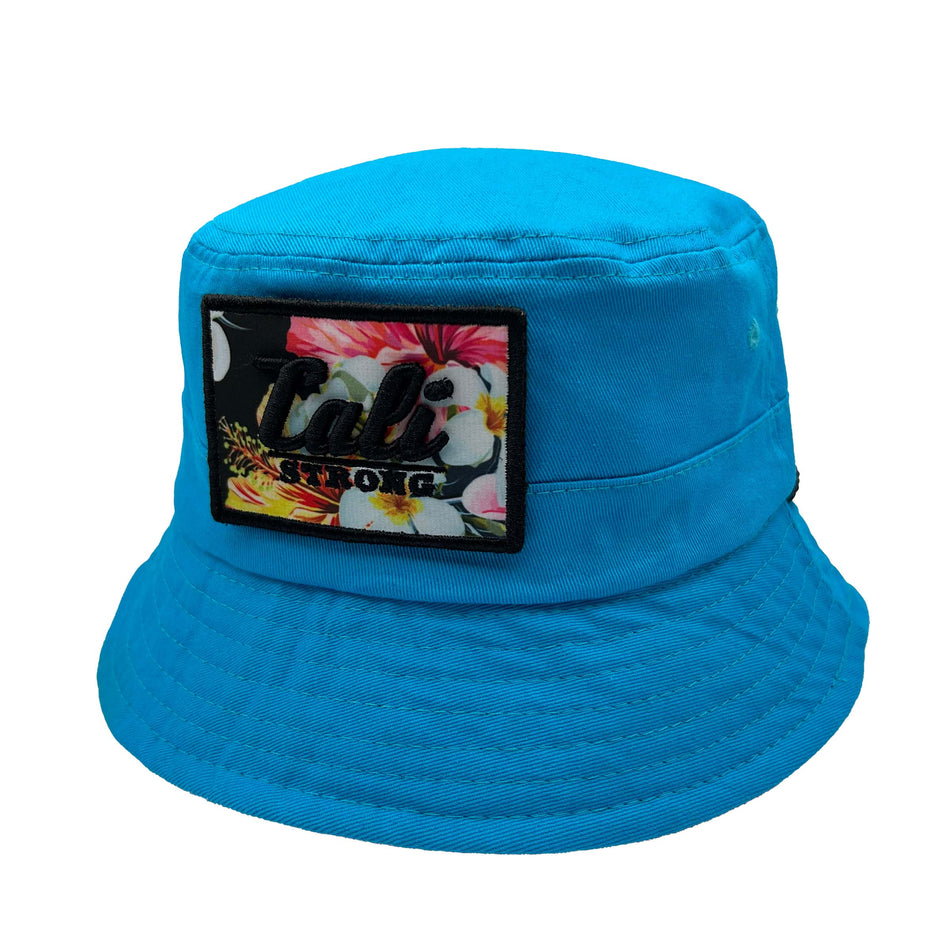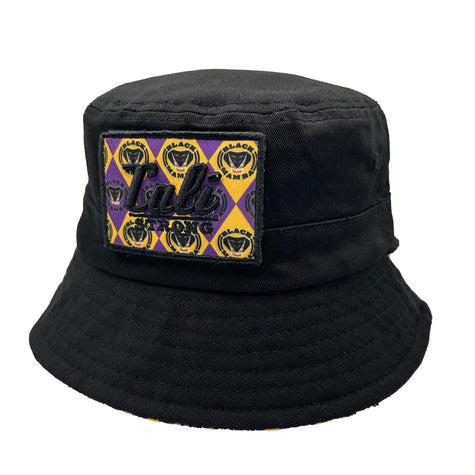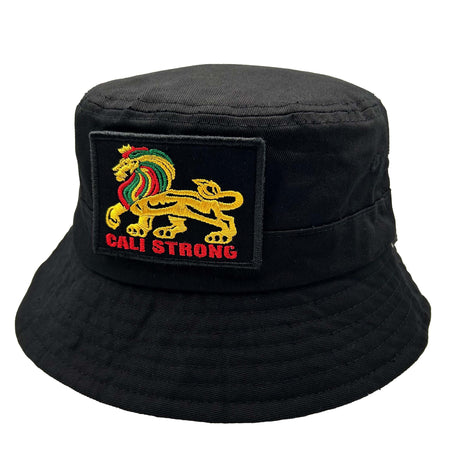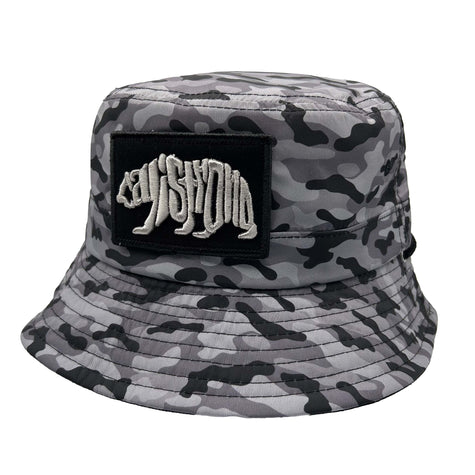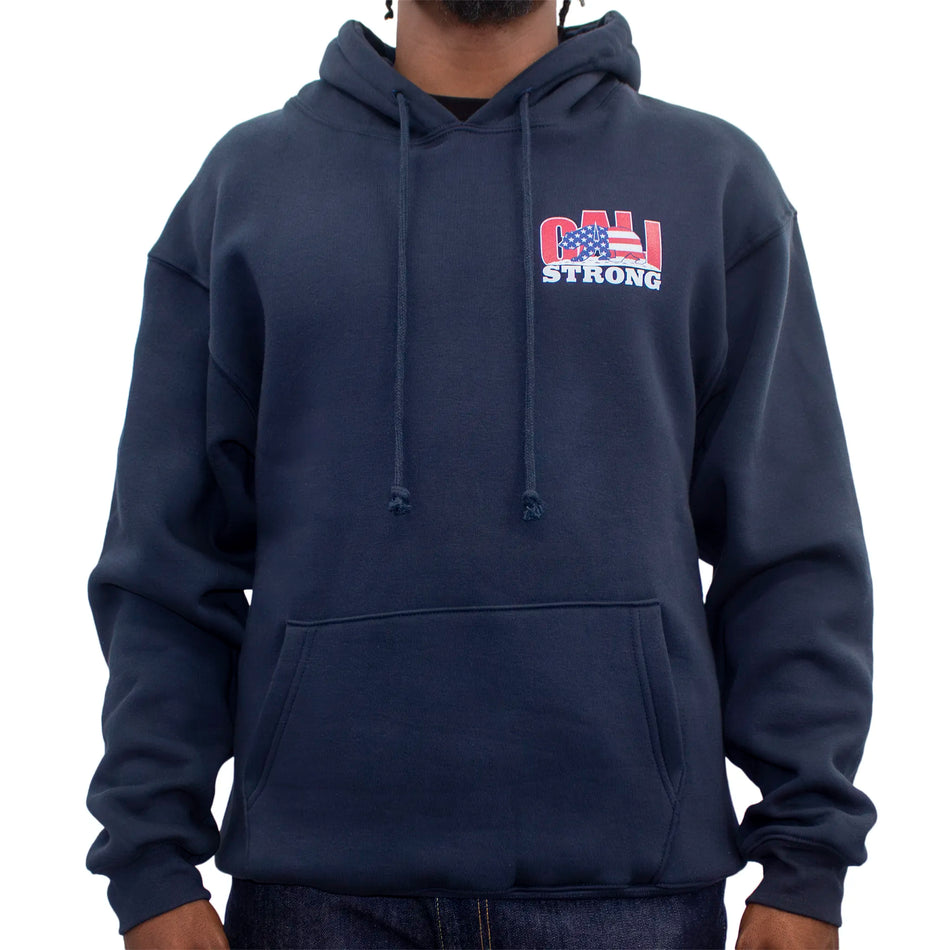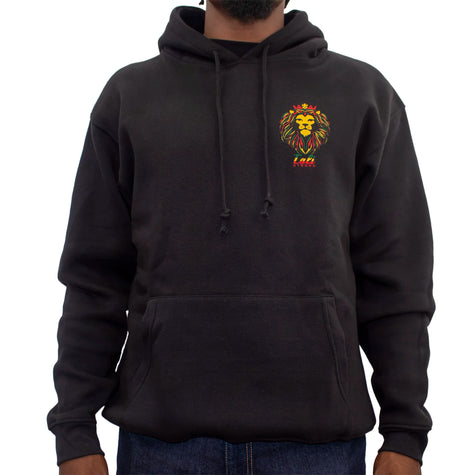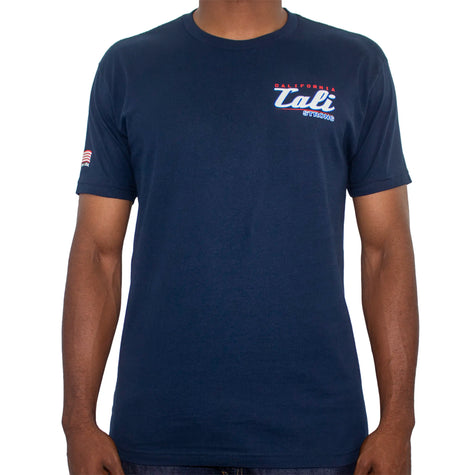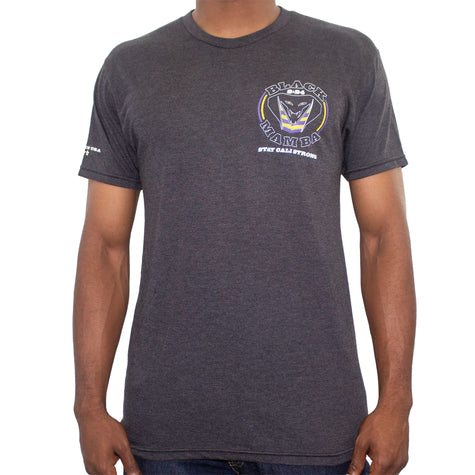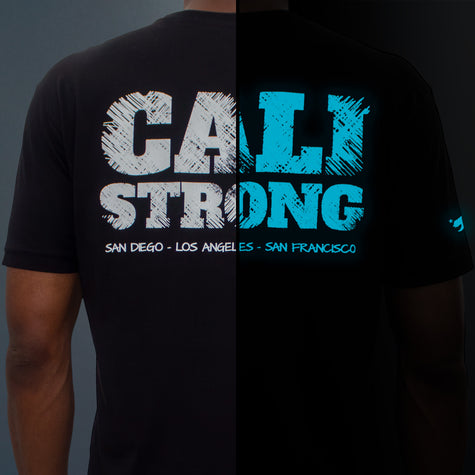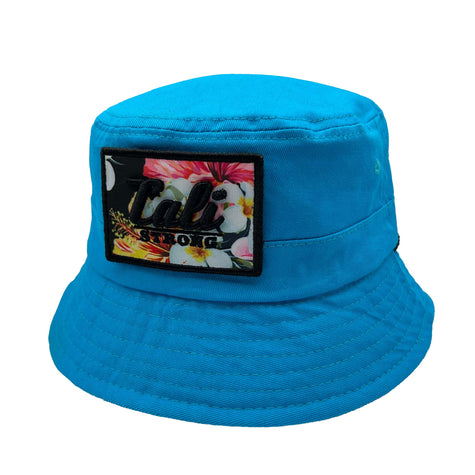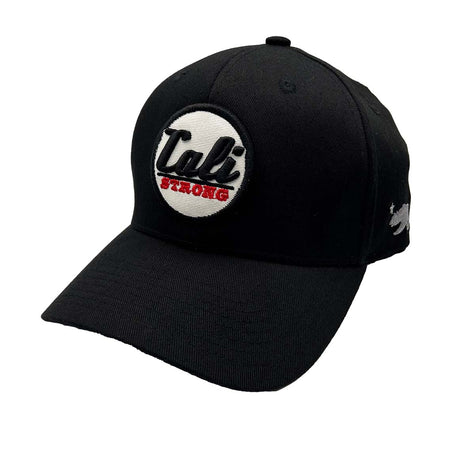The History of Skateboarding In California
One of California’s most iconic traditions is skateboarding. If you’ve ever been to California, it is likely that you’ve seen people both young and old riding down the street on a skateboard. Today, millions of Californians use skateboards for both work and play, and the skateboarding movement has skyrocketed across the country. What most people do not know is that skateboarding actually traces its roots to California.
The Early Days of Skateboarding
It is said that skateboarding was first developed by surfers near Santa Monica, CA during the 1950s. The popularity of the television show Gidget caused a massive surf craze in Southern California and surfing enthusiasts were looking for a way to surf when the waves were flat. Some of them fixed a piece of wood on top of a disassembled roller skate, and the official trend of “landsurfing” was born. People living inland soon followed suit, and landsurfing took off all over Southern California.
The first National Skateboarding Championships were held in Los Angeles in 1963. This competition brought to life the two different types of skaters: hotdoggers and hill riders. Hotdoggers loved to perform tricks, while hill riders loved to pick up massive speed on the hills. The downside to skateboarding, however, was that the boards were difficult to handle. The invention of the easy to maneuver shortboards in surfing caused skateboarding to die in popularity for a while at the end of the 1960s.
Ups and Downs
Skateboarding began to make a comeback in the mid-1970s with the development of metal wheels and fiberglass decks that allowed for optimal maneuverability and speed. Surfers began to take up skateboarding to try their moves on land before taking them to the water. Soon, skateparks were built all across the country.
Skate parks, however, were not popular with lawmakers. As city and county officials shut many parks down in the 1980s and claimed them as liabilities, laws banning skateboarding began to rise. This led to a resurgence of street skating, and the legal issues surrounding it made the sport fall further and lose mainstream respect.
This era also marked the beginning of video. Through home videos, the country was introduced to Davey Smith, Martin Potter, and Tony Hawk, who is often considered the greatest skater of all time. The depiction of skateboarding in films, such as Back to the Future, served as a catalyst to introduce skateboarding across the globe, and it soon became an international sensation.
The 1990s saw a dip in the economy and many skate shops began to close due to bankruptcy. However, this decade also brought the beginning of the X Games. Tony Hawk shredded up television screens all across the country and skaters could not hold back any longer. Skateboarding exploded in popularity while longboarding was developed by past hill riders looking for a way to pick up speed and cruise on land easily.
Skateboarding In California Today
Today, skateboarding in California remains an iconic tradition. Both Northern and Southern Californians can be seen zooming down the streets on longboards or shredding up skateparks with insane tricks. There are still waves and there are still surfers, but skateboarding has surpassed the water sport in popularity in California.

About the Author: Jim Stroesser, “The Brand Master”
With nearly four decades of experience, Jim Stroesser is a driving force in the world of global consumer branding across the sports, fashion, and entertainment industries. His journey from tech rep to CEO of iconic brands showcases his unparalleled ability to transform and elevate businesses.
As Co-Founder and CEO of CALI Strong, a direct-to-consumer sports brand based in San Diego, CA, Jim leads the charge in creating premium sports apparel, footwear, and equipment that embody the California lifestyle.
His legacy as an industry turnaround expert was cemented at Converse, where he spearheaded the brand's resurgence from bankruptcy, elevating its sales from $120 million to $285 million and finally a $305 million acquisition by Nike – a landmark deal that reshaped the industry.
Jim's expertise extends to leadership roles at Nike, Quiksilver, Oakley, LA Gear, Roxy, RL, Pony, Bob Marley and Adio. He currently serves on several boards, including SDSI, where he mentors emerging companies alongside Chairman Bill Walton.


